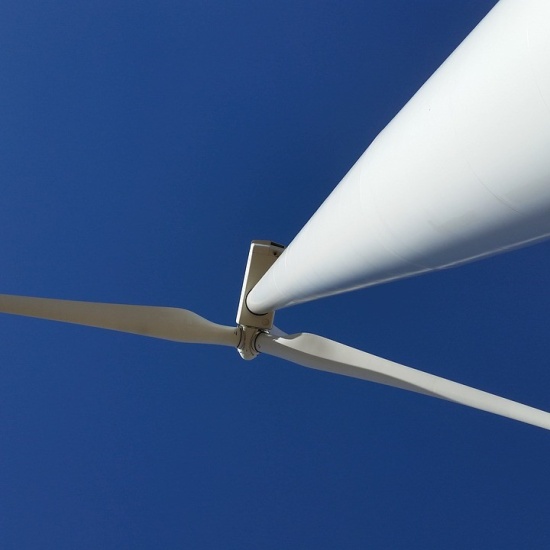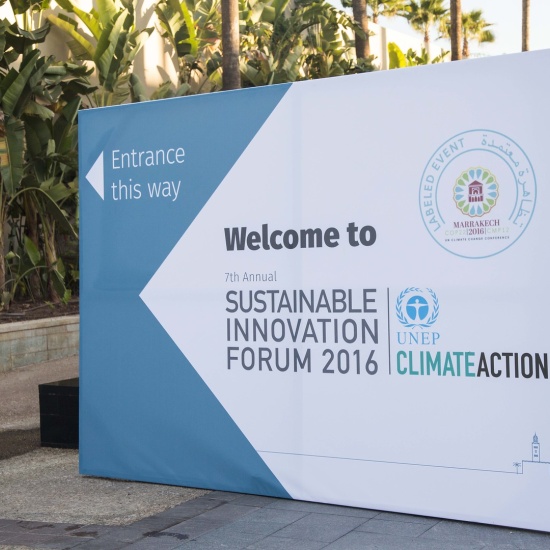Samso, The World’s First Renewable Island
Now a world leader in sustainable energy, Samso, a small island off the Jutland Peninsula of Denmark achieved 100% energy independence in less than five years.
Green energy inspiration
Samso's adventure began when the island won a national competition, organised by the Danish Government, to create a strategy that would reduce Co2 emissions. The small community of 4,000 people committed to developing a 'green plan' and took on a challenge to become Denmark's first renewable island.
Led by award-winning innovator Soren Hermansen, Director of Denmark's Energy Academy, the Danish island went from being entirely reliant on fossil fuels to successfully becoming the World's first 100% renewable island.
"We are now 100% self-supplied," Soren proudly reveals. "In the beginning we were talking to people, not so much about the technology but about whether the project was interesting for us. We had to think about the benefits for us as an island. Are there jobs in it? Is there business potential and what can we learn from it?"
For a small community like Samso, jobs and the future of their local economy was top of the agenda before embarking on a 'green' journey to complete sustainability. Supported by government subsidies for wind energy, it is estimated that investments in the island totalled €57 million, resulting in additional employment for the island. Solar panels need humans to install them and wind farms need technicians to maintain them which means jobs are created for each unit of electricity generated from renewable sources.
"I think it took two or three years before the renewable project really got started, then it took five or six years before we got fully engaged and after 10 years, we got to say we did it," he admits.
This Danish island exemplifies the infinite possibilities for local communities to go 100% 'green'.
Click to tweet (opens in a new tab)The next challenge
The community of Samso is still working on their next steps in terms of sustainable development. The island is now home to an energy academy which offers courses and workshops on these future perspectives.
"The real thing is when the community has this feeling that we are in it together and it works. I think the next phase is more interesting. This is how do you change the idealism to pragmatism and local activity where it means something for daily life and work in the communities."
Recently, the island replaced its diesel-powered ferry with one that runs on gas, and the long-term plan is to convert the ferry to run off island-generated biofuel and wind-charged batteries. The island's vision now is to be oil free by 2030.
"The situation is changing all the time, the market is changing, the world is changing so the next challenge for us is how do we get rid of oil completely" says Soren.
This Danish island exemplifies the infinite possibilities for local communities to go 100% 'green'. Locals now boast a carbon footprint of negative 12 tonnes per person per year.
Join Ireland's sustainable community network today and see what you can do to boost savings in your network.
Learn More About Sustainable Communities


